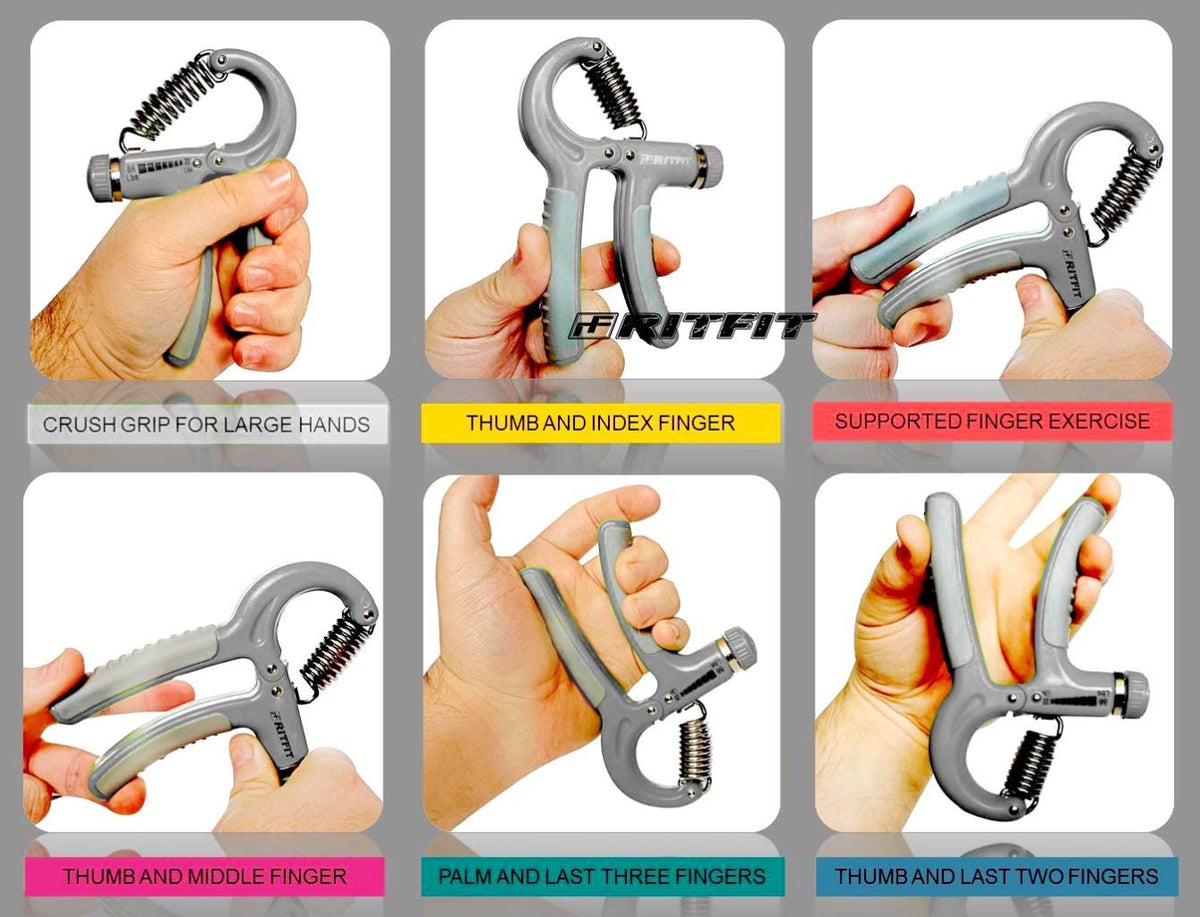Significance of Tool Handles
The handle of a tool serves as the critical interface between the user and the tool's operational end. Its design is fundamental to the tool's overall effectiveness, directly impacting user comfort, control, precision, power transmission, and safety. A well-engineered handle minimizes fatigue and maximizes the efficiency of the task at hand.
Key Design Elements for Tool Handles
Effective tool handle design incorporates several essential elements to ensure optimal functionality and user interaction.
- Ergonomics: This is paramount. An ergonomic handle is shaped and sized to fit the human hand comfortably, promoting a natural grip posture. It aims to reduce musculoskeletal strain, prevent blisters, and allow for efficient force application. Considerations include diameter, length, contouring, and the angle relative to the working part of the tool.
- Material Selection: The choice of material greatly influences grip, durability, weight, vibration absorption, and thermal/electrical insulation. Common materials include:
- Wood: Traditional, offers good feel and shock absorption, but can be prone to weathering.
- Plastics (e.g., polypropylene, nylon): Versatile, cost-effective, can be molded into complex shapes, and offer good chemical resistance.
- Rubber and Elastomers (e.g., TPE): Provide excellent non-slip grip, comfort, and vibration damping.
- Metal: Offers high durability and strength, often used for heavy-duty applications or as a core with an overmold.
- Composites: Can offer high strength-to-weight ratios and tailored properties.
- Grip Surface and Texture: A secure grip is vital for both safety and control. Handle surfaces are frequently textured (e.g., knurling, ribbing, stippling) or made from inherently non-slip materials. This helps maintain grip even with sweaty, oily, or gloved hands.
- Durability and Attachment Integrity: The handle must be robust enough to withstand the forces encountered during normal operation, including torque, impact, and repetitive stress. Equally important is the integrity of its attachment to the tool head or body (e.g., via a tang, socket, press-fit, or overmolding), which must prevent loosening, rotation, or failure.
Handle Design for Optimized Tool Performance
Handle designs are often specialized to enhance the tool's performance for specific types of tasks or user requirements.

- Power Grip Handles: These are typically larger in diameter and contoured to allow the full hand to apply maximum force. They are common on tools like hammers, axes, and heavy-duty wrenches.
- Precision Grip Handles: Slimmer and often cylindrical or faceted, these handles facilitate fine motor control and accuracy. Examples include screwdrivers, marking awls, and engraving tools, where fingertip control is crucial.
- Specialized Function Handles:
- Insulated Handles: Designed for electrical work, these provide protection against electric shock by using non-conductive materials (e.g., VDE certified tools).
- Anti-Vibration Handles: Incorporate materials or mechanisms to dampen vibrations, reducing the risk of Hand-Arm Vibration Syndrome (HAVS) when using power tools.
- Torque-Limiting Handles: Used in precision assembly, these handles (e.g., torque screwdrivers) are designed to apply a specific amount of torque and no more.
Tool Handle Maintenance and Safety
Regular inspection and proper maintenance of tool handles are essential for safe and effective operation. Users should routinely check for:
- Cracks, splits, or splinters, especially in wooden handles.
- Loose or damaged grip material.
- Signs of wear that might compromise grip or structural integrity.
- Looseness between the handle and the tool head.
Damaged handles should be repaired or replaced promptly. Using a tool with a compromised handle can lead to loss of control, reduced efficiency, and an increased risk of injury. Always select a tool with a handle appropriate for the task and conditions.










